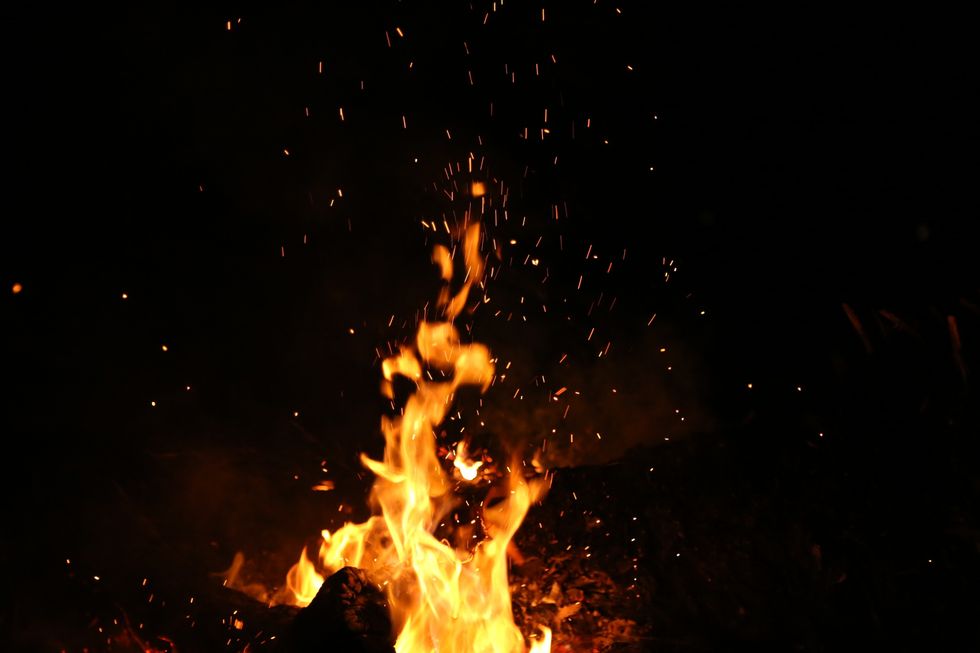Think back to the largest, warmest and brightest fire you have ever seen.
I bet the flames were tall and hot, swaying back and forth effortlessly while radiating so much heat that you could feel the burn on your fingertips inches away. It might take a little bit, but when you first ignite a fire and see the sparks, it quickly grows.
Not only does it get hotter as the flames get hotter, like ribbons of red and orange, but it can spread. It takes nothing but a quick second to consume anything you throw at it. It burns it instantly.
When you throw wood into a fire, it is burned and you keep adding more wood until when? Until the fire is out, or maybe because you don't want to feed the flame.
The funny thing about fire is that the flame is hot and can bring us wonderful things like warmth and spark, but if we get too close we can be badly burnt.
When the sparks are gone and the flames dwindle out after time, what are you left with? Ashes. Just ashes.
You can't start a fire again from ashes. You can't keep adding new wood to piles of ashes because they will suffocate the flames.
Once something has been burned and transformed and disintegrates into another substance. It can no longer burn because what has been burnt can't handle the intensity of being burned and twisted and transformed again.
You can't start a fire from ashes.
You can't start a fire from ashes.
You can't start a fire from ashes.
Learn from the life cycle of a fire. Once you have been burned so hot and there is nothing left but ashes, move on. Don't waste your time trying to start a fire with burnt materials.
You must clear the ashes and start fresh. You can't start a fire from ashes and you can't turn ashes back to flame.
Once something has been burned to ash, or once you have taken all the life out of a situation until there is no flame left, you must move on to make room for new, fresh and hot burning fire.
You will never get a new flame from old ashes.

















